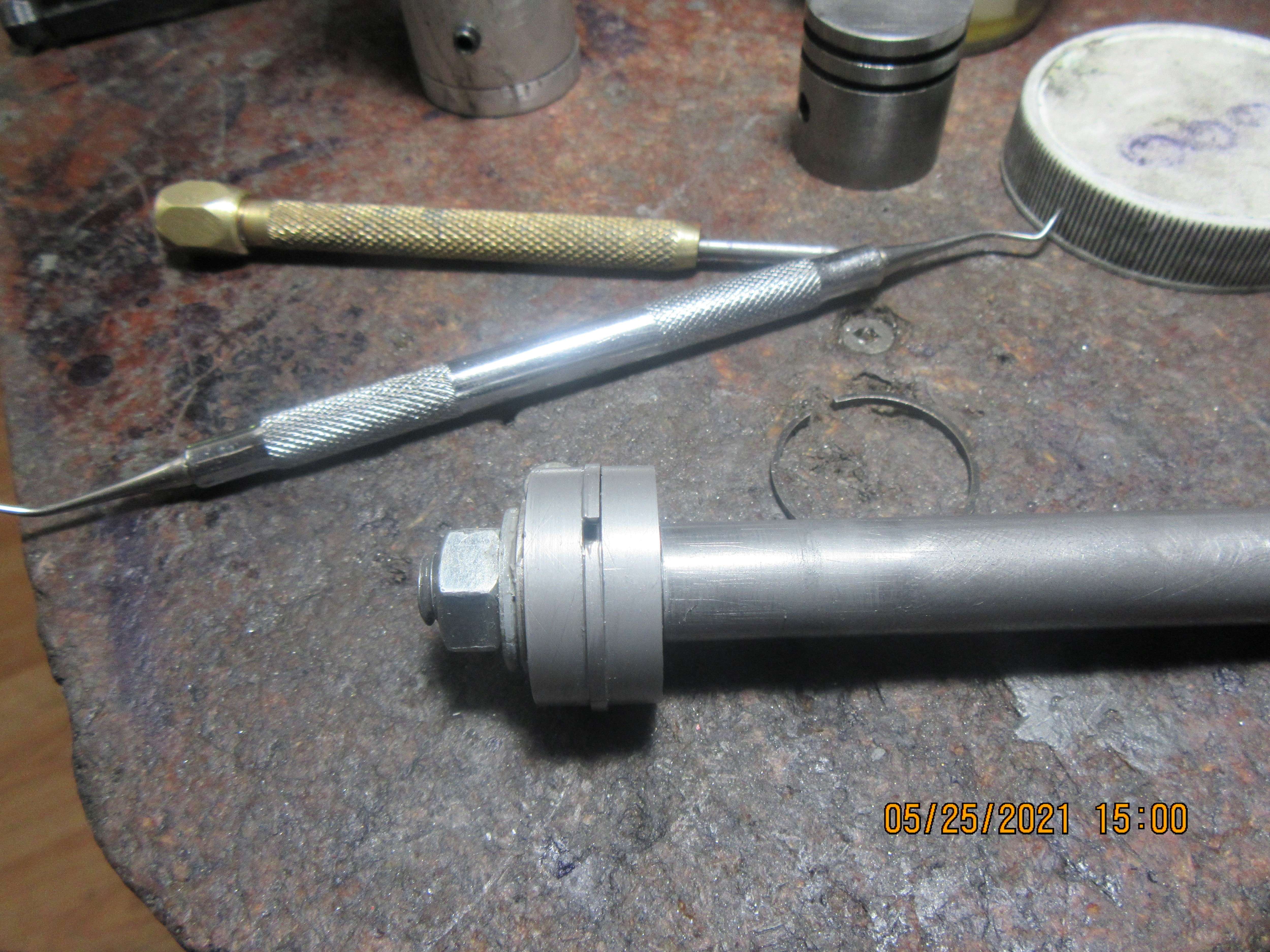Brian,Nothing is as simple as it seems. The only reason the piston was pushing or sucking on my thumb was because of the oil I had squirted down the sparkplug hole on an earlier test. So, the rings aren't sealing after all. I made a new head gasket, but that's not really where the problem lies. I have pulled the cylinder off and measured it with telescoping gauges and a micrometer, and the top bore taken two places at 90 degrees measures 1.003" and one at 1.004". The bottom measurement taken at two places at 90 degrees apart is the same. I am going to stick my neck out and say that a difference of 0.001" means that the cylinder has not "worn oval shaped". the inside of the cylinder looks fine when held up to a light. After I eat some lunch, I will pull the piston off the con rod and see what wear patterns are on the rings.
A thousandth is the limit of the measuring capability of a snap gage. You really need a dial bore gage for these measurements, and a cheap imported one is good enough. But, if your measurements are correct and you haven't made a typo in your post, you've found your problem. Your 1" commercial rings are designed to work in a 1.000" bore and not in a 1.003" bore and certainly not in one that in addition is out of round by another whopping thousandth. Your Debolt rings are showing uneven wear patterns because they expanded to an out-of-round condition because your cylinder is much too large. When talking about cast iron piston rings you need to be thinking in tenths and not in thousandths. Also, if the pistons don't show compression immediately upon assembly, no amount of 'running them in' is going to fix the problem, and you risk damaging the cylinder and/or the rings.
When I machine rings, my biggest problem is turning the ring blanks with the proper i.d.'s and near perfect circularity. Less than half the material remains stable and within a couple tenths for days after being machined and before the rings are parted off. In my experience, three tenths out of round will cause a ring to fail my light test and are discarded.
As far as cylinders are concerned, mine are typically steel, fairly beefy, and once lapped are within a tenth and stable over time. Since your lapped cylinder is so far out of round, it may be a measurement problem. - Terry
Last edited:


































































